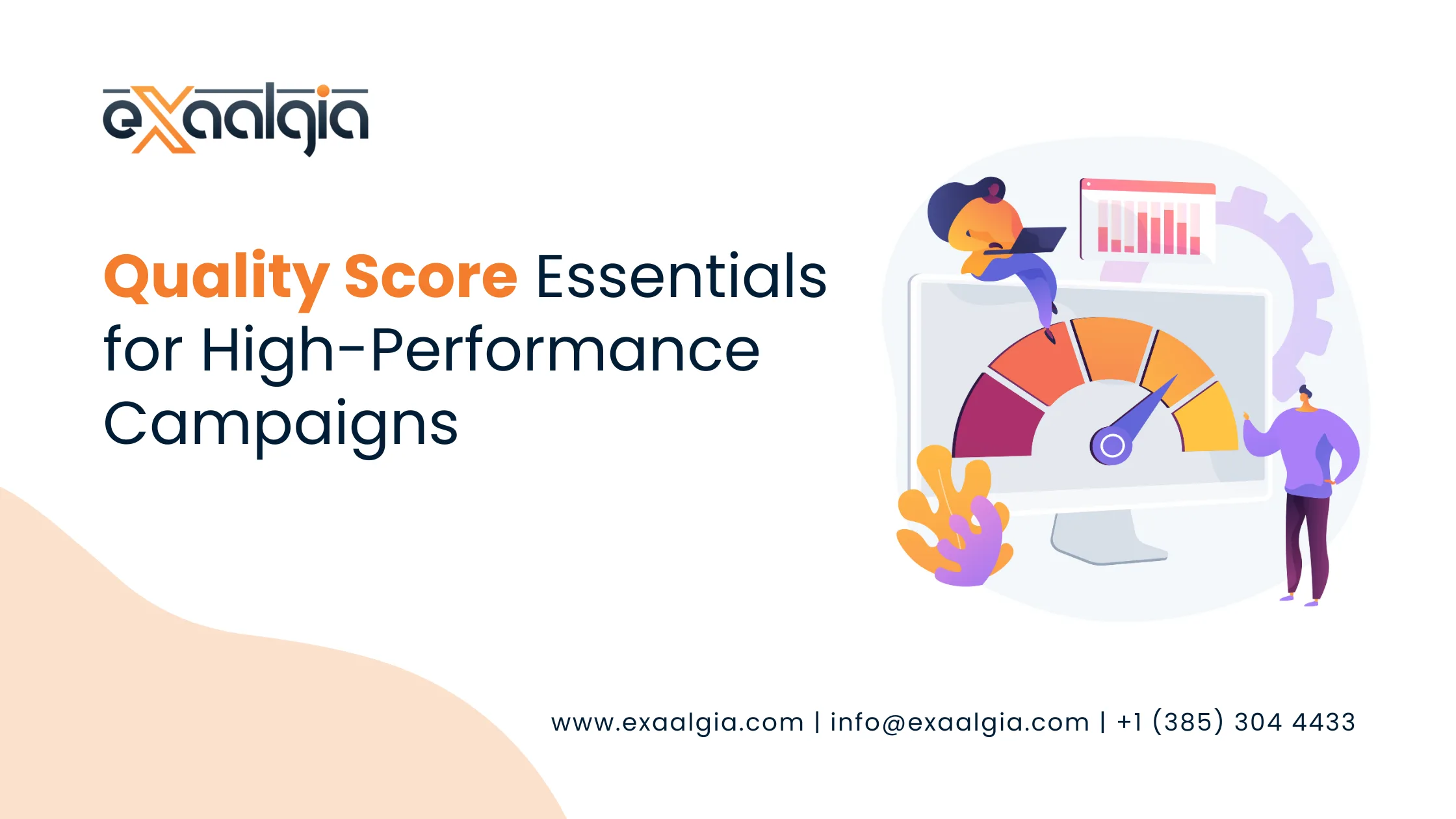As either a small business owner or a member of a larger organization, an effective social media calendar can be the difference between success and failure in your social media marketing. Let’s take you through how to make one that will suit you, with useful tips on how to increase engagement, drive social media traffic, and contribute to your overall strategy.
Why You Need a Social Media Calendar
Picturing trying to operate a business without a plan—posting whenever it’s convenient, hoping something takes hold. It’s disorganized and useless. A social media calendar imposes order on the chaos. It’s a map that explains what you’re going to share, when, and where, so each piece of content is doing something. For companies aiming to drive more traffic to websites, a calendar allows you to schedule posts with distinct calls to action, inviting followers to visit your site. It also guarantees that you’re posting on a regular basis, which provides trust and keeps your company front-of-mind.
In addition to consistency, a calendar allows you to schedule around milestones—consider holidays, product releases, or trade events. That way, your posts are timely and useful. For instance, a USA digital marketing agency such as Exaalgia employs calendars to schedule campaigns in line with the objectives of their clients, so each post connects with the appropriate audience at the correct moment.
How to Create a Social Media Calendar That Works
Creating a social media calendar may seem intimidating, but it’s easier than you believe. Here’s a step-by-step guide to help you begin.
1. Define Your Goals
As a starting point, ask yourself: What do you want to happen? Are you attempting to create brand awareness, generate traffic to your social media channels, or enhance customer service through social media? Your objectives will define your content. For example, if you wish to increase traffic, you can concentrate on linking posts that direct readers to your blog or product pages. You may post regular Q&A sessions or responses to popular questions if customer support is what matters most. Precise objectives provide direction to your calendar and simplify measuring success.
2. Get to Know Your Audience
Your audience is the centre of your social media plan. You must know who they are, what they are interested in, and when they are online. Tools such as Semrush are able to assist you in drilling into demographics, interests, and engagement behaviors. For instance, LinkedIn users may adore rich industry insights, whereas Instagram fans love great visuals. Use it to make your calendar your own, making sure your content addresses your audience’s needs and interests straight on.
3. Choose the Right Platforms
Not all platforms are best for all businesses. If you are B2B, LinkedIn may be your top choice for thought leadership sharing. If you are selling goods, Instagram’s visual-friendly nature may be more suited. A social media agency can assist with determining which platforms best suit your objectives and users. Your calendar needs to prioritize the platforms where your users are most engaged, so you’re not spending time on channels that are not giving you anything.
4. Vary Your Content
No one desires to view the same kind of post on a daily basis. A successful social media marketing plan involves a mix of content so that things remain engaging. Consider promotional posts, informative tips, user-created content, or entertaining polls and contests. This is a sample of a weekly mix:
- Monday: A motivational quote to begin the week.
- Wednesday: A link to your latest blog post in order to drive traffic.
- Friday: A behind-the-scenes clip to reveal your brand’s personality.
- Sunday: A customer testimonial to establish trust.
By keeping this balance, your feed remains fresh and exciting, with followers wanting to stay and watch.
5. Time Your Posts Right
When you share is as important as what you share. Every platform has its optimal times when your viewers are most engaged. Facebook posts tend to work best at midday or early evening, for instance. Utilize analytics to determine the sweet spot of your audience and schedule accordingly. You can set up automation using tools such as those provided by Exaalgia to publish content at the exact moment when it will perform optimally without having to keep an eye on the clock.
6. Schedule Big Moments
Your calendar should include important dates—holidays, new product launches, or industry events. If you’re a retailer, you could schedule a series of posts counting down to Black Friday, beginning with teasers and culminating in a grand sale announcement. This type of planning ensures your social media optimization work takes advantage of peak traffic times, driving engagement and conversions.
7. Monitor Performance
A social media calendar isn’t something you set and forget. Check your analytics regularly to see what’s working. If a certain type of post is driving tons of social media traffic, lean into it. If something’s falling flat, tweak your approach. This flexibility keeps your calendar relevant and effective, adapting to your audience’s changing preferences.
The Benefits of a Social Media Calendar
A well-thought-out calendar does more than simply keep you organized. Here’s what you get:
- Consistency: Trust and interest are built through regular posts.
- Time Savings: Less last-minute stress, as everything is scheduled in advance.
- Team Alignment: The plan is known by everyone from content creators to marketers.
- Better Results: Performance tracking enables you to hone your social media marketing strategy to deliver the greatest impact.
If you’re working with a social media agency like Exaalgia, they can take this to the next level, using their expertise to create a calendar that drives results tailored to your business.
Tools to Make Your Calendar Shine
You don’t need fancy software to build a social media calendar, but the right tools can make it easier. Here are a few options:
- Google Sheets: Free and easy for small teams to use.
- Trello: Ideal for visualizers who prefer a board format.
- Hootsuite or Buffer: Ideal for posting schedules and monitoring analytics.
- Semrush: It assists you in knowing your people and maximizing content.
These products ease your workflow, allowing you to plan, collaborate, and monitor your social media strategy with greater ease. Exaalgia employs similar products to create data-based calendars for its clients so that every post matters.
Tips for a Winning Social Media Calendar
Here are some practical tips to make your calendar as effective as possible:
- Batch Your Content: Create multiple posts at once to save time.
- Use Visuals: Photos and videos grab attention and boost engagement.
- Engage Your Audience: Respond to comments and messages to improve customer services using social media.
- Try New Things: Experiment with different post types or times to see what works.
- Be Real: Share authentic content that shows your brand’s personality.
These habits will help your calendar support your goals while building stronger connections with your audience.
How a Digital Marketing Agency Can Help
If handling a social media calendar is too much, then a digital marketing agency, such as Exaalgia, can assist. They have expertise in social media optimization, from content writing to performance analysis. An agency can design a calendar that meets your objectives, saves time, and produces measurable outcomes. Whether you’re just beginning or want to scale up, their assistance can improve your social media campaign.
FAQs
Q. What is a social media calendar, and why do I want one?
A social media calendar is a schedule that coordinates your posting on all your platforms. It keeps you regular, aligns your content to your objectives, and drives website traffic by having every post serve a purpose.
Q. How often should I post socially?
It depends on your platform and audience. Instagram may require a daily post, whereas LinkedIn may be suitable for 2-3 per week. Look at your analytics to discover what works best for your fans.
Q. Can a social media calendar assist in customer service?
Yes! Posting regularly, such as FAQs or live Q&As, will enhance customer service via social media, as it will make answering questions simpler and even gain your customers’ trust.
Q. How do I know whether or not my social media calendar is effective?
Monitor metrics such as likes, shares, social media visitors, and conversions. Tools such as Semrush can provide you with detailed information to find out what’s generating results.
Q. Should I contract a social media agency?
If time and expertise are scarce, a social media agency such as Exaalgia can prove to be a lifesaver. They will craft a personalized calendar that gives you maximum impact, saves you effort, and enhances outcomes.
Wrapping Up
A social media calendar is your pass to a bolder, better online presence. By establishing proper objectives, knowing your audience, and employing resources such as Semrush, you can develop a strategy that fuels engagement and fuels customer services through social media.
Having a partner digital marketing agency in USA, like Exaalgia, can propel your efforts even more, making your social media marketing bring tangible results. Begin creating your calendar today, and see your brand flourish in the digital world.







